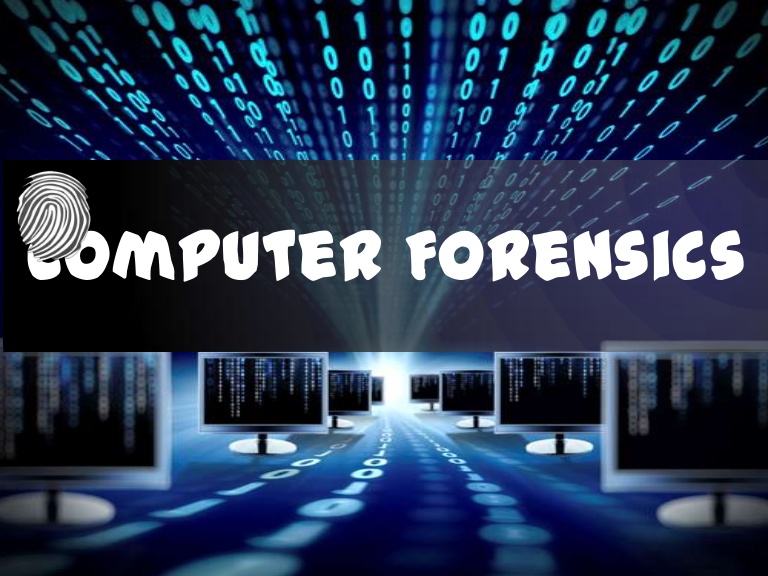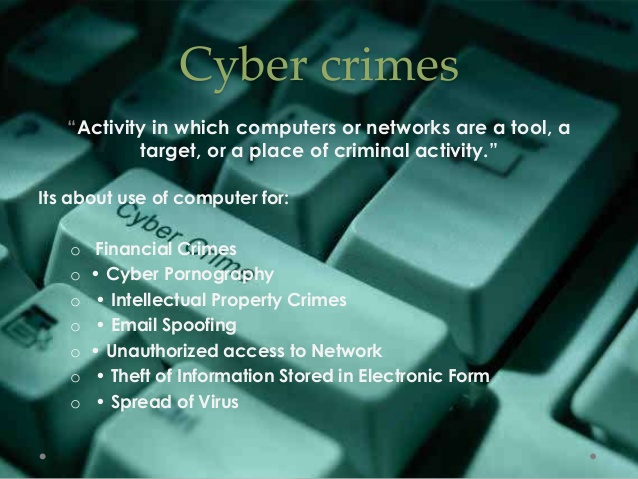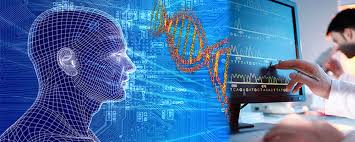 Computer Forensics
History of Forensic Science
Forensics
Computer Forensics
History of Forensic Science
Forensics
It is difficult to pinpoint when computer forensics history began. Most experts agree that the field of computer forensics began to evolve more than 30 years ago. The field began in the United States, in large part, when law enforcement and military investigators started seeing criminals get technical. Government personnel charged with protecting important, confidential, and certainly secret information conducted forensic examinations in response to potential security breaches to not only investigate the particular breach, but to learn how to prevent future potential breaches. Ultimately, the fields of information security, which focuses on protecting information and assets, and computer forensics, which focuses on the response to hi-tech offenses, started to intertwine.
Computer forensics (also known as computer forensic science is a branch of digital forensic science pertaining to evidence found in computers and digital storage media. The goal of computer forensics is to examine digital media in a forensically sound manner with the aim of identifying, preserving, recovering, analyzing and presenting facts and opinions about the digital information. Although it is most often associated with the investigation of a wide variety of computer crime, computer forensics may also be used in civil proceedings. The discipline involves similar techniques and principles to data recovery, but with additional guidelines and practices designed to create a legal audit trail. Evidence from computer forensics investigations is usually subjected to the same guidelines and practices of other digital evidence. It has been used in a number of high-profile cases and is becoming widely accepted as reliable within U.S. and European court systems.
While cyber security takes the front seat for military, economic, political and criminal investigation think-tanks across the globe, Pakistan lacks in securing the cyberspace for its people.



Bioinformatics and forensic DNA are inherently interdisciplinary and draw their techniques from statistics and computer science bringing them to bear on problems in biology and law. Personal identification and relatedness to other individuals are the two major subjects of forensic DNA analysis. Typical contexts for forensic analysis are disputes on kinship; for example paternity disputes, suspected incest case, corpse identification, alimentary frauds (e.g. OGM, poisonous food, etc), semen detection on underwear for suspected infidelity, insurance company fraud investigations when the actual driver in a vehicle accident is in question, criminal matters, autopsies for human identification following accident investigations. Genetic tests have been widely used for forensic evidences and mass-fatality identification (terrorist attacks, airplane crash, tsunami disaster).enetic testing results are integrated with information collected by multidisciplinary teams composed of medical examiners, forensic pathologists, anthropologists, forensic dentists, fingerprint specialists, radiologists and experts in search and recovery of physical evidence. Large scale tissue sampling and long-term DNA preservation under desiccation conditions with potential applications in mass fatalities has been recently described.